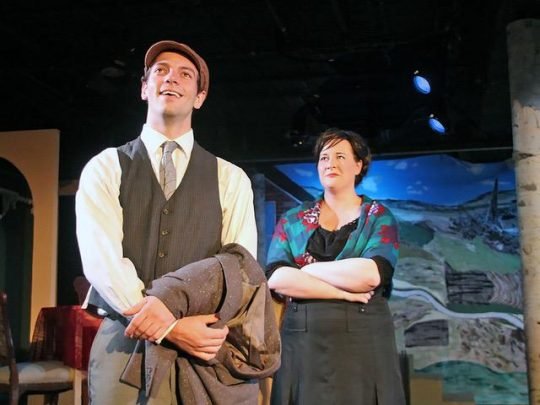
2 1/2 stars
It’s true that the very best writers use experiences from their own lives to inspire their writing. English author D.H. Lawrence, whose early twentieth century novels like Lady Chatterley’s Lover, Women in Love, Mr. Noon and The Rainbow shocked and entertained readers during this “Age of Innocence.” It’s also true that his stories are all very intimately bound up with his own life. But none of his novels is more autobiographical than Sons and Lovers.
This is Lawrence writing about his life and recreating scenes from his own experience, but fictionalizing it. He began writing the book in 1910, finishing the novel two years later.
The story underwent lots of revisions, including the title, and was influenced by many personal crises that occurred during this period. Lawrence ended a long relationship with Jesse Chambers (who’d serve as the model for his character, Miriam Leivers).
He became engaged to, and then broke up with Louie Burrows (who would be the inspiration for the character of Clara Dawes). He lost his mother to cancer, became seriously ill with pneumonia, gave up teaching and moved away from his birthplace. But this is a story that’s derived from the author’s own Oedipus complex.
When Lydia was a young woman, she lost her first love to another woman. She settled for Walter Morel, a boorish, yet passionate lower class man who worked long hours down in the Midland mines.
As sons William and Paul grew up, Lydia doted on them to the point where Walter is brow-beaten and practically ignored and she redirects all of her ardor and passion to her sons. They, in turn, become her lovers and as they grow to manhood they aren’t able to love any other women because their mother’s hold over them is so strong.
